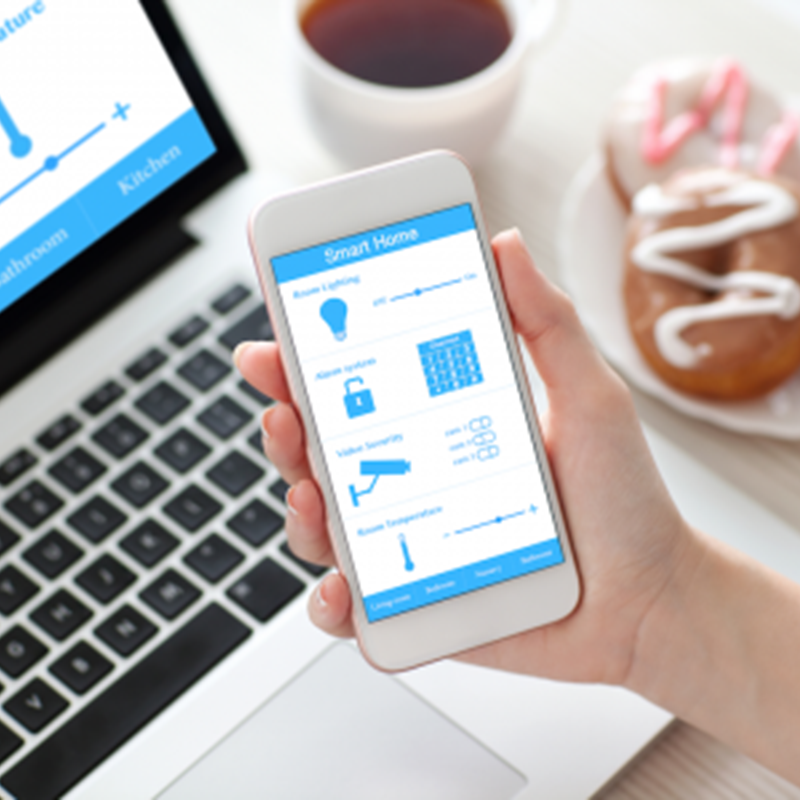
IoT Home Security. Interconnected Entertainment Systems. Smart Utility Meters. Connected Heating and Lighting systems. Healthcare devices and services. As our homes and lives become increasingly “dependant” on a reliable wireless connectivity to the internet, we ask the question – is WiFi a smart choice for the Smart Home?
There is some gradual momentum behind the vision of the “smart home” and the amount of IoT products available to consumers is at an all-time high. At CES recently, Smart Home was everywhere.
The majority of these products, rely on a home WiFi network and fixed broadband internet connection, the assumption being that this is ubiquitous and always active but is this really true?

This is where a M2M Managed Connectivity Servive Provider helps – enabling the product supplier, the service provider and perhaps social housing authorites or associations to monitor and manage devices in the field in a more direct, managed and reliable way. Connectivity status can be tracked, investigated, and often reset remotely – removing the need for manual intervention. Device installation and configuration can also be simplified.
This is an approach already in service in the Smart Home arena. Arkessa’s cellular connectivity service enables Climote’s remote heating controller to connect to the strongest cellular connection available in any given location making service provisioning and deployment significantly easier.
A more dedicated connection can also alleviate the risk of devices becoming isolated and eventually failing. There is a recent example of families waking in freezing houses because the battery in their Nest thermostat drained of power after the device stalled during a remote software upgrade. The cause here was a software bug which may or may not have been connectivity related but it highlights what might happen when the inevitable connectivity problems occur – arguably more likely with a setup which shares home infrastructure deployed by other companies for different purposes.
Integration and Interaction are other aspects. The CES trailblazer – Amazon Echo (aka Alexa) shows how voice recognition can be used to interact and control smart home systems. Alexa is weaving its way into third-party products as varied as cars, home security cameras and lighting systems.
Another Arkessa customer, 365Agile has released a Smart Home Controller for Social Housing customers that can be easily retrofitted in minutes and becomes a central hub. The device can then communicate to a wide range of sensors such as Movement, Temperature, Door & Window contacts to provide Assisted Living and Security solutions at a fraction of the cost of traditional systems. Customers gain valuable insight into their energy usage along with smart control from their phone.
With 20 billion devices expected to be connected to the Internet of Things by 2020, our future homes are likely to be tech-heavy. However, devices suffering with temperamental WiFi networks may well end up being confined to a drawer. Perhaps cellular, and other emerging wide-area network technology, will simplify as well as offer the reliability and manageability needed for a sustainable Smart Home industry.